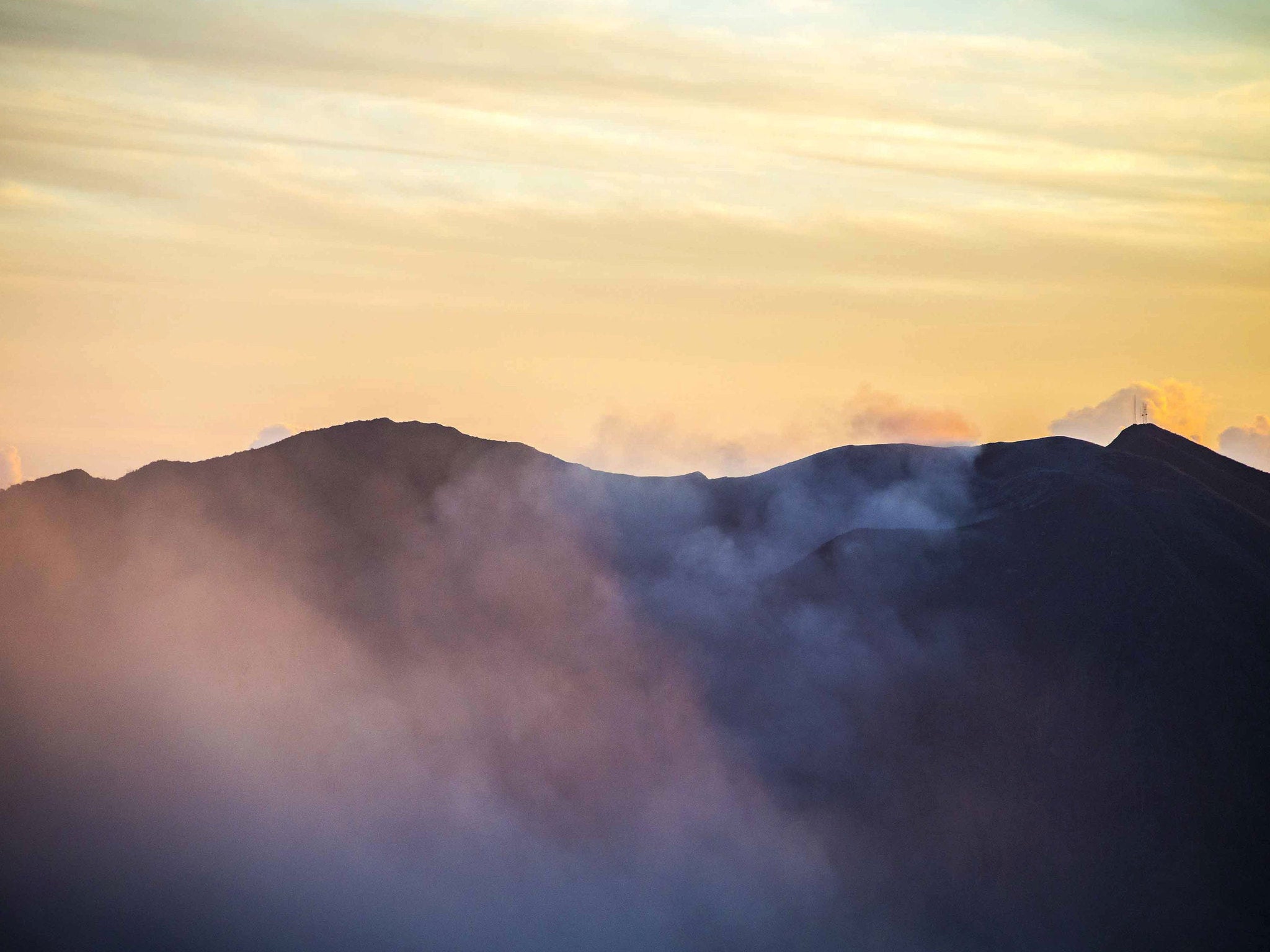Costa Rica’s wildlife makes me mourn our paradise lost
Nature Studies: In the past 50 years, we have wiped out more than half our biodiversity, our birds, butterflies and wild flowers

Your support helps us to tell the story
From reproductive rights to climate change to Big Tech, The Independent is on the ground when the story is developing. Whether it's investigating the financials of Elon Musk's pro-Trump PAC or producing our latest documentary, 'The A Word', which shines a light on the American women fighting for reproductive rights, we know how important it is to parse out the facts from the messaging.
At such a critical moment in US history, we need reporters on the ground. Your donation allows us to keep sending journalists to speak to both sides of the story.
The Independent is trusted by Americans across the entire political spectrum. And unlike many other quality news outlets, we choose not to lock Americans out of our reporting and analysis with paywalls. We believe quality journalism should be available to everyone, paid for by those who can afford it.
Your support makes all the difference.Sometimes you have to go abroad to appreciate an unhappy fact about Britain – how impoverished our wildlife really is.
I have just returned from two weeks in Costa Rica, that small, peaceful Central American republic – it abolished its army in 1948 – which has switched its main money-earner from the old staple of exporting coffee and bananas to the new staple of eco-tourism.
Its tropical forests hold staggering numbers of fascinating birds, mammals, reptiles, amphibians, plants, insects and other invertebrates. Tourists are also drawn because, proportionately, Costa Rica has protected more of its forests than any other country in the world. The map is splattered with national parks and other nature reserves, public and private.
I went there on a wildlife holiday with my wife and two children and we stayed mostly in eco-lodges, environmentally managed hotels on the forest edge, as well as a couple of more commercial places (albeit with extensive gardens). Even in the latter, you couldn’t go out of the door without bumping into wildlife, from coatis (raccoon relatives) and iguanas (big fat lizards) to clouds of butterflies (Costa Rica has more than 3,000 species) and hummingbirds, a Costa Rican speciality.
Hummingbirds make you gasp at their ability to hover in one place and then shoot off in all directions, including backwards, and at their jewel-like colours, reflected in their evocative names. The dozen or so species we saw included the purple-throated mountain gem, the violet sabrewing, the coppery-headed emerald and the green violet-ear.
But what was most entrancing, and plain to see in national parks like Tortuguero, where you travel through the forest by boat, and Monteverde, home of the famous cloud forest reserve, 5,000ft up, was not so much the individual species, as the sheer abundance of life. Everywhere, the earth seemed to be overflowing with wild creatures: toucans, parrots, howler monkeys, sloths, turtles, bright red poison dart frogs, astonishing lizards like the brilliant-green emerald basilisk, which appears to walk on water, lustrous butterflies such as the morphos, which seem to be iridescent pieces of the blue sky fallen to earth.
On one level, of course, you can’t possibly compare these riches to Britain’s wildlife, as tropical countries house far more species, and more colourful ones, than do temperate lands such as our own. But on another level the comparison is valid: Costa Rica still has abundance, while Britain used to have a wildlife abundance of its own, but in my lifetime, has lost it. It’s only recently that we have realised the true scale of the loss. In the past 50 years, we have wiped out more than half our biodiversity, our birds, butterflies and wild flowers.
This reminder cast something of a shadow over my return, which otherwise would have made my heart leap, as in our fortnight’s absence, the trees had greened, the cow parsley had begun to paint the roadside verges white, the cuckoos had returned from Africa, and the bluebells were coming out (and they’ll be nearing their peak over the Bank Holiday weekend in somewhere like Kew Gardens).
Yes, spring in Britain is still uplifting, and people born today will not know what they missed. But I know what they’re missing: half a century ago, you could have seen turtle doves and lapwings and spotted flycatchers everywhere, as well as pearl-bordered fritillary butterflies in the woodlands and cornfields full of poppies. Now intensive farming has done for them all, and you will travel many a mile to catch sight of any of any of them. It is a melancholy feeling indeed to see our springtime in full flow but to realise it is less than half of what it should be.
Join our commenting forum
Join thought-provoking conversations, follow other Independent readers and see their replies
Comments